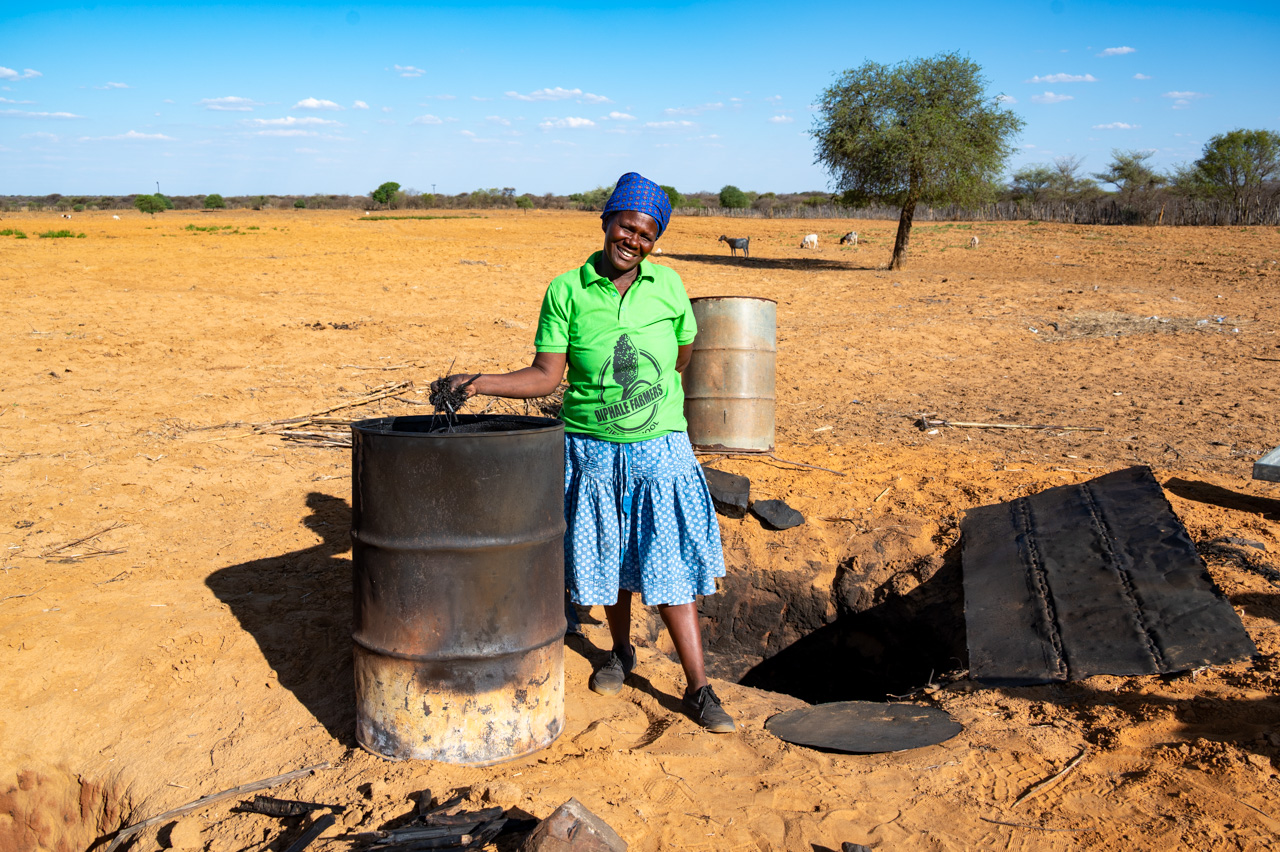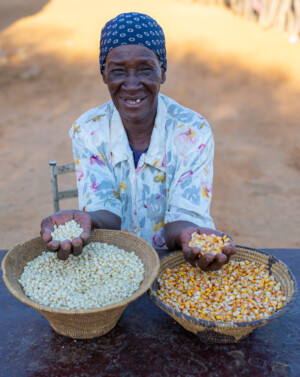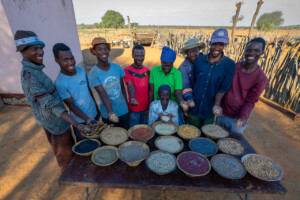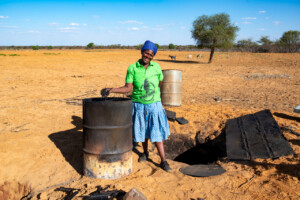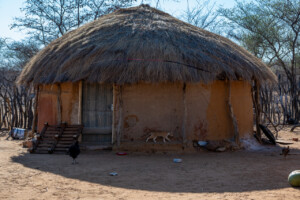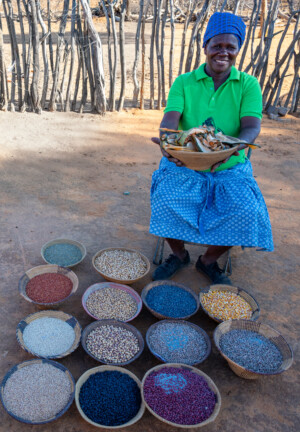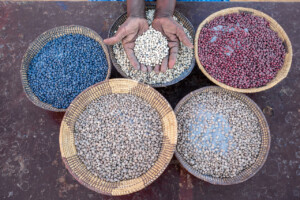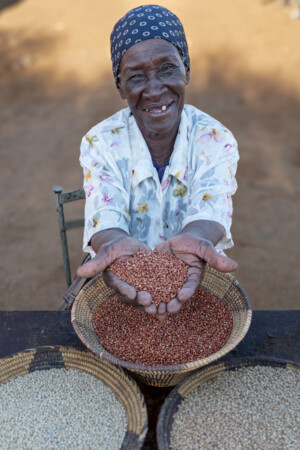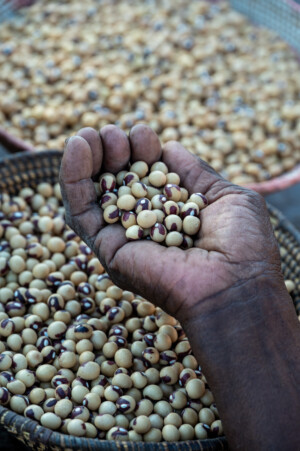The rains in the Kweneng District of southern Botswana start in November. Until then farmers’ fields are pretty much barren. But when the rains come, farmers start to sow.
I came to the farm of Mrs Rebaone Seabelo to see her innovation for making biochar. As we walked to her compound I asked if she had her seed ready for sowing next month. She said yes and then disappeared into a hut.
And then one after one, baskets of seed started coming out of that hut. Five varieties of cowpea, three of Bambara groundnut, two of maize, three of sorghum, one of millet and one of melon.
You see, Rebaone is on a bit of a mission. She wants to win the gold medal at the local agricultural show. It wouldn’t be her first. She shines at every show. But she’s a smart competitor. She hedges her chances by having a bit of crop diversity in her fields. With five varieties of cowpea she can show the best performer. Often, Rebaone not only walks away with a gold medal in some classes, but also the silver and bronze as well.
But it’s not all about the medals. Rebaone is an experimenter. She wants to determine which crop varieties and which agricultural methods work best for her on her farm. And by trialing and being open to innovation she can best ensure food security for her family. She told me of a trial she’s going to do this year. ‘One row with biochar only, one row with biochar and fertilizer, one row with fertilizer only’. With that kind of meticulous experimenting, Rebaone is sure to be collecting gold medals for many years to come.
All images used on this page were photographed by Michael Major for the International Center for Biosaline Agriculture and used here under CC BY-NC-ND 2.0

